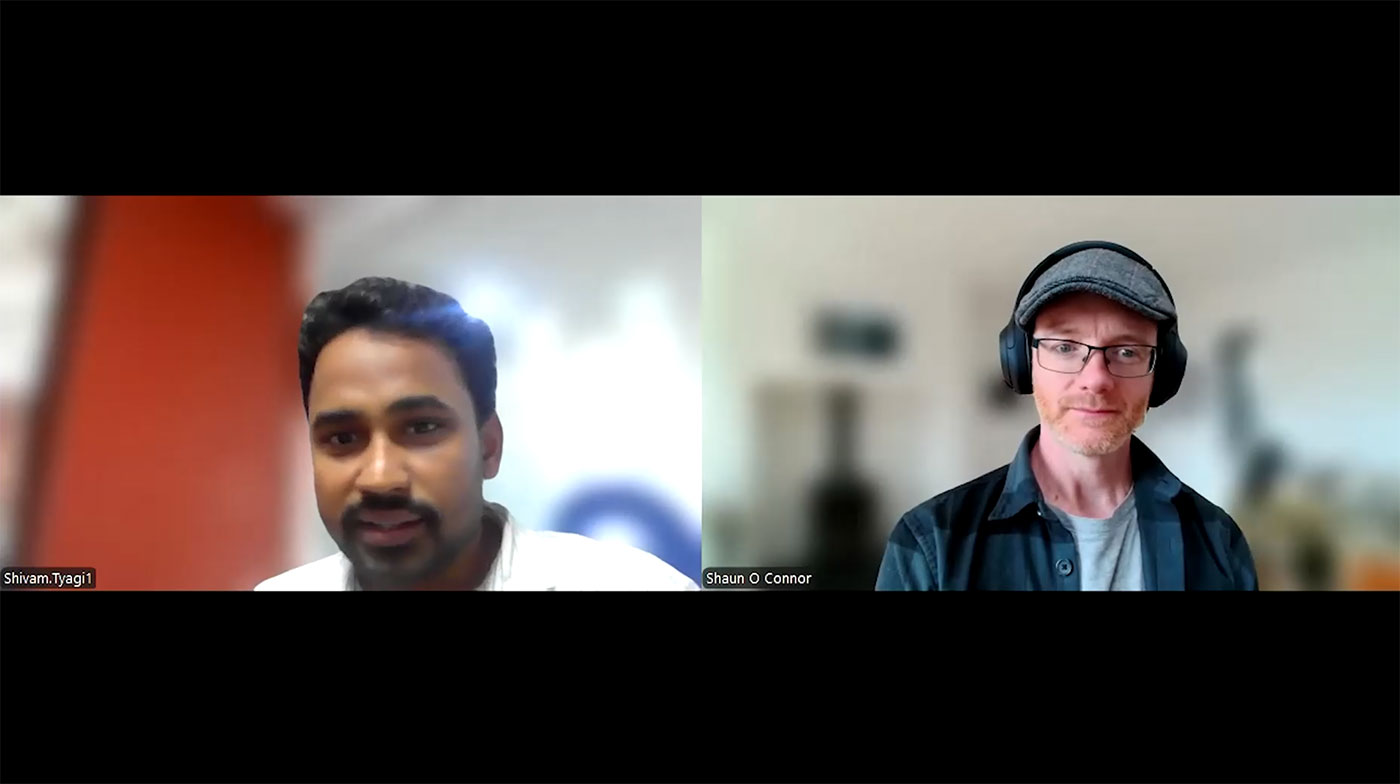DPDR Recovery Interview: Shivam Tyagi, Journalist
_____________________________
Meet Shivam Tyagi, a 28-year-old journalist based in New Delhi, India. Shivam developed depersonalization/derealization disorder (DPDR) after consuming weed and went through an intense 5-month period of symptoms that left him feeling stuck in a “semi-high” state, where nothing felt quite real.
During this time, he experienced frightening perceptual changes: heightened sensitivity to sounds, blurred vision with odd side-perceptions, and a constant feeling of being detached from reality. Despite the distress, Shivam gradually found his way back to full health and has now been completely recovered for many months.
In this wide-ranging interview, Shivam shares:
-
His personal journey through DPDR and recovery
-
The unusual sensory symptoms he experienced
-
How awareness, grounding, and patience helped him recover
-
His reflections as a journalist stepping into the role of interviewee for the first time

🧠 Shivam’s Experience with DPDR
Shivam’s symptoms began suddenly after smoking weed. What should have been a passing high turned into something far more unsettling: a prolonged state of detachment where he felt “half-sober, half-dreaming” for months.
He recalls becoming hypersensitive to everyday sounds, as if the world had turned up its volume. His vision also changed dramatically: distant objects appeared blurry, and his side vision felt strange and disorienting. These sensory distortions fed into a terrifying cycle of self-monitoring and hyperawareness.
Like so many DPDR sufferers, Shivam was frustrated by the paradox of the condition: knowing logically that he was real and safe, but still feeling utterly unreal. This mismatch between thoughts and feelings created fear, self-doubt, and confusion.
With time, support, and consistent grounding practices, Shivam’s symptoms gradually lifted. The “semi-high” fog finally cleared, and he now describes himself as fully recovered -- with a stronger sense of resilience and perspective than ever before.

Professional Perspective & External Validation
Shivam’s profile makes his depersonalization recovery story especially compelling. As a working journalist, he is trained to observe, analyze, and report facts. In this interview, he applies that same clarity of thought to describing his lived experience of depersonalization/derealization disorder.
What stands out is his ability to capture the strangeness of DPDR symptoms -- from auditory hypersensitivity to visual distortions, while also grounding them in everyday language. His reflections highlight both the terror of the condition and the rational knowledge that he was, in fact, safe.
In Shivam’s own words:
“I was hearing more sounds than usual. My vision went strange — things far away looked blurry, and even my side vision felt weird. It was like being stuck in a semi-high state where you know you’re okay but you don’t feel real.”
By speaking openly about a cannabis-triggered DPDR episode — something many sufferers struggle to discuss -- Shivam not only validates countless other similar cases but also proves that full recovery is possible, even when symptoms feel overwhelming.

Shaun’s Expert Commentary
What I find most powerful about Shivam’s story is the balance between his professional perspective as a journalist and his vulnerability as a DPDR sufferer. He describes the classic paradox of the disorder: knowing logically that he was safe, while still feeling unreal and disoriented. That paradox is at the core of why DPDR feels so frightening.
His description of being in a “semi-high” for months is one of the clearest explanations I’ve heard of drug-induced depersonalization. It captures exactly how the condition hijacks normal perception, making it feel as though the effects will never wear off, even when they eventually do.
Shivam’s recovery reminds us that DPDR is temporary, reversible, and not a sign of permanent damage. The fear fades, the nervous system calms, and normal perception returns. Sharing that truth, especially from someone outside the mental health field, is hugely encouraging for anyone currently going through it.

Watch More Recovery Interviews
If Shivam’s story inspired you, be sure to explore more DPDR recovery interviews. Each one highlights different paths and strategies, proving that recovery is always possible -- no matter the trigger, severity, or duration of symptoms.

This interview is provided for educational purposes only and does not replace professional mental health treatment. Shivam Tyagi shares his personal recovery experience. DPDR affects individuals differently. If you are struggling, please seek help from a qualified therapist or medical professional.

Written by Shaun O Connor
Shaun O Connor is the creator of The DP Manual Recovery Program and a mental health educator specializing in DPDR recovery. Since overcoming Depersonalization himself, he has helped tens of thousands of others do the same through his writing, one-on-one coaching and YouTube channel.
✍️🕒 Last Updated on September 24, 2025 by Shaun O Connor
